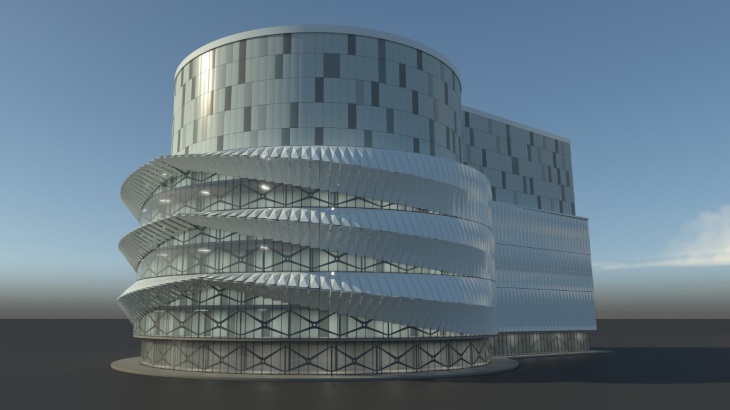The UKAEA carries out fusion energy research on behalf of the UK government, overseeing the country's fusion programme, including the MAST Upgrade (Mega Amp Spherical Tokamak) experiment as well as hosting the recently closed Joint European Torus (JET) at Culham, which operated for scientists from around Europe. It is also developing its own fusion power plant design with plans to build a prototype known as STEP (Spherical Tokamak for Energy Production) at West Burton in Nottinghamshire, which is due to begin operating by 2040.
Under a multi-year use of facility agreement, UKAEA and Research Centre Řež (CVŘ) will develop a first-of-a kind test rig - called Hi-CrIS (High neutron fluence Cryogenic Irradiation of Superconductors) - to provide data on the effect of a fusion-relevant neutron spectrum on superconducting properties of HTS tapes. These will be used in the STEP prototype plant to confine the fusion plasma which can reach temperatures ten times hotter than the core of the Sun (about 150 million degrees Celsius).
The rig, expected to be operational in 2026, will produce test results to help inform the design and lifespan of STEP's superconducting magnetic components. These components will operate under cryogenic temperatures, and will be subjected to a high flux of high energy neutrons due to their close proximity to the fusion plasma.
During the experiment, the samples will be irradiated with high energy neutrons using CVŘ's LVR-15 light water tank-type research reactor. They will then remain at -253°C whilst being transported and measured within the test rig setup.
The Hi-CrIS test rig will allow samples of HTS tapes to be cooled to the same cryogenic temperatures expected for STEP's superconducting magnets. Maintaining the sample temperature during irradiation, transportation and measurement is critical in understanding how the HTS tapes degrade within their operating environment.
 How the STEP building may look (Image: UKAEA)
How the STEP building may look (Image: UKAEA)
"We are excited to reach this agreement with CVŘ for building and operating a complex test rig using their LVR-15 research reactor," said Fiona Harden, STEP Hi-CrIS technical lead for UKAEA. "The objectives of Hi-CrIS are critical to fusion power plant design and this importance is recognised by our partner who has worked openly with us to put this agreement in place.
"We were delighted to host CVŘ representatives at UKAEA's Culham Campus, promoting the close collaborative approach of both UKAEA and CVŘ to reach our objective, whilst maximising many secondary benefits that this agreement will generate."
CVŘ Business Development Manager Marek Miklos: "Working in partnership with the STEP team is a fantastic opportunity to support the UK's world-leading programme to develop a prototype fusion energy plant. The Hi-CrIS testing rig will open lots of opportunities for further material studies for fusion applications."
UKAEA noted that in addition to testing superconductor components, Hi-CrIS could also enable alternative materials testing for the potential development of future fusion power plants.
The aim for the first phase of work on STEP is to produce a 'concept design' by the end of this year. The UK government is providing GBP220 million (USD227 million) of funding for this part. The next phase of work will include detailed engineering design, while all relevant permissions and consents to build the prototype are sought. The final phase is construction, with operations targeted to begin around 2040. The aim is to have a fully evolved design and approval to build by 2032, enabling construction to begin.
The technical objectives of STEP are: to deliver predictable net electricity greater than 100 MW; to innovate to exploit fusion energy beyond electricity production; to ensure tritium self-sufficiency; to qualify materials and components under appropriate fusion conditions; and to develop a viable path to affordable lifecycle costs.

.jpg)



_47120.jpg)
_23621.jpg)

_63865.jpg)





